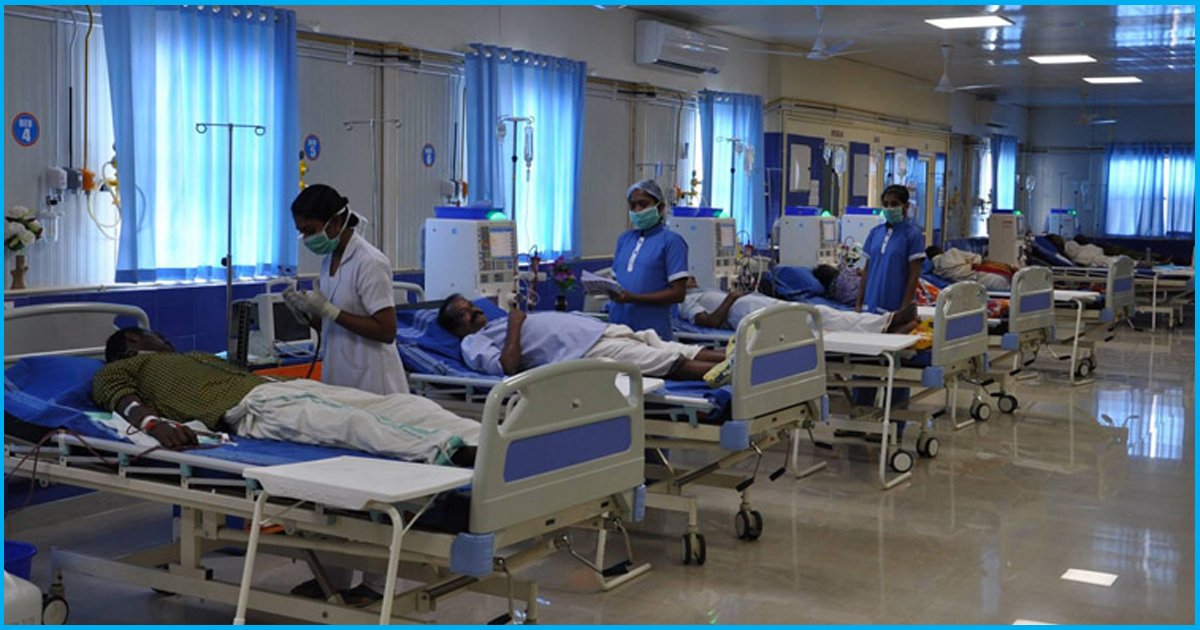
India’s Healthcare: Challenges And Opportunities
5 Oct 2017 1:57 PM GMT
Since 1990, India has lifted over half its population out of extreme poverty, while making significant strides in improving health facilities for its people.
In 1990, 125 babies died per 1,000 live births. In 2015, the number dropped to 37. In nearly three decades, India’s life expectancy also increased from 57 years to almost 70 in 2015. However, India’s progress on reducing maternal mortality has been slow with 174 deaths per 100,000 live births in 2015.
Health, undoubtedly, is a key indicator of human development. Two years ago, the government of India adopted the 2030 Agenda for Sustainable Development, a set of 17 goals to transform our world and leave no one behind. Health is centrally reflected in the SDGs and intricately linked to almost all goals, especially ones related to poverty, hunger, gender, education, water sanitation and urbanization.
The scope and interconnectedness of SDGs, especially in India which is one-sixth of the humanity, provides opportunities to bring health at the centre of economic growth. However, inadequate healthcare facilities can drain global GDP, 8-10% of which is comprised of health spending.
Challenges as opportunities
Indian healthcare has come a long way (timeline). But it also has a long way to go. This journey can be traversed successfully only if we treat this challenge as an opportunity.
Each year, nearly one million Indians die due to inadequate healthcare facilities and close to 700 million citizens have no access to specialist care. Additionally, the percentage of people with any form of health insurance remains below 25 percent.
The challenges are many – rising population, high out-of-pocket expenses, low per capita healthcare expenditure, inadequate healthcare infrastructure, and plateauing the rural-urban divide. But they are definitely combatable and solvable.
Progressive government schemes and policies will ensure that people have access to quality healthcare. India’s National Health Policy 2017 provides for raising public health expenditure to 2.5 percent of the GDP by 2025, which is a welcome step. India is also actively accelerating efforts to implement the universal health coverage, which is also at the core of Goal 3 of the Sustainable Development Goals, and ensures that people don’t slip into poverty due to inadequate healthcare facilities.
In July 2014, the government of India announced the National Health Assurance Mission (NHAM), a plan to provide universal healthcare for all Indians in order to reduce the out-of-pocket spending on healthcare by the common man. Then there was the National Health Policy (NHP), which envisioned the government as the biggest provider of healthcare in the country. It was approved by the Cabinet in March this year.
Supporting the government in its vision of universal health coverage is technology and frugal innovations to propel the Indian healthcare sector even further. This year, the Ministry of Health and Family Welfare launched several e-health and m-health initiatives, including the #SwasthaBharat campaign, supported by UNDP, which aims for a cleaner India. Additionally, the emergence of “frugal innovation” in the private sector is providing health facilities, like diagnostic and care services, at an affordable price.
The government of India has demonstrated time and again that it is committed to achieving universal healthcare, reiterating developing India’s healthcare sector would be a top priority of its administration.
UNDP in India and The Logical Indian are coming together to hear your voices, get your ideas, on how we can unlock technology’s potential to make India a better place.
Take the poll and let us know your views. Join us on Facebook on 12th October.
 All section
All section













